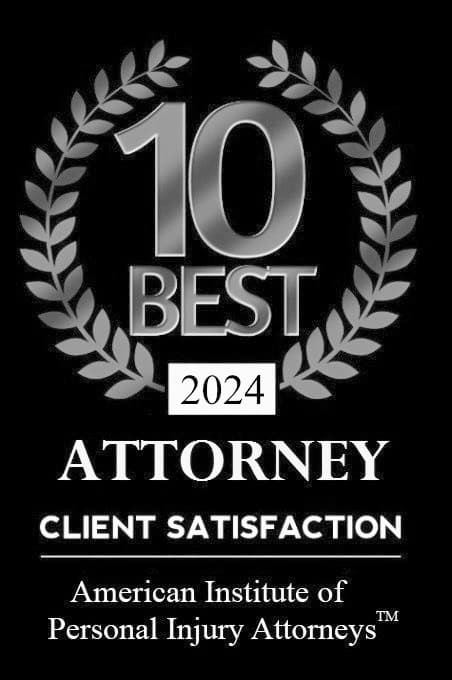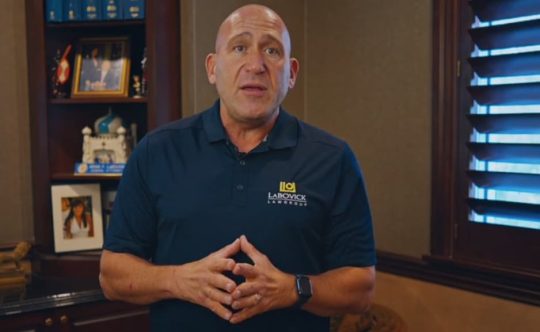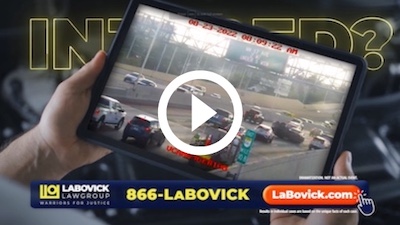Slip and Fall Accidents Explained
What is a Slip and Fall Accident?
Slip and fall accidents, as the name suggests, occur when an individual slips, trips, or falls as a result of a dangerous condition on someone else’s property. These accidents can happen anywhere, anytime, but they’re more common in certain environments.
Common Causes and Premises
Slip and fall accidents typically happen due to:
- Wet and slippery floors
- Uneven surfaces
- Poorly lit areas
- Torn carpeting
- Ice or snow
- Misplaced objects on the walking path
Identifying Liability in Slip and Fall Cases
Determining who is responsible for a slip and fall accident isn’t always straightforward. This is where the expertise of a slip-and-fall lawyer in Boca Raton comes in handy.
Responsibilities of Property Owners and Occupiers
Property owners and occupiers have a legal responsibility, often referred to as ‘duty of care,’ to ensure the safety of their premises for visitors. This duty extends to a wide range of scenarios:
- Inspecting the premises: Regular inspections should be conducted to spot any potential hazards. For example, a store owner should regularly check the aisles for any spillages and clean them promptly.
- Maintenance and repairs: Keeping the property in a safe condition includes addressing wear and tear, structural issues, or any other hazards that could potentially cause a slip and fall accident. This could involve tasks like fixing broken staircases or replacing burnt-out lights in a parking lot.
- Proper signage: If there’s a temporary issue like a wet floor after mopping, appropriate warning signs should be installed to alert the visitors.
- Adhering to codes and regulations: Property owners must comply with building codes and safety regulations, which can encompass everything from adequate lighting to proper construction of walkways and stairs.
Proving Negligence and Duty of Care: A Three-Pronged Approach
To successfully secure compensation for a slip and fall accident, the victim needs to prove that the property owner was negligent in their duty of care. This typically involves a three-pronged approach:
- Knowledge of the hazard: The victim must demonstrate that the owner knew or should have known about the dangerous condition. This can be straightforward if the owner created the condition, but in other cases, it may require showing that a reasonable person taking care of the property would have discovered and remedied it.
- Failure to address the hazard: The victim must show that the property owner failed to take reasonable steps to address the hazard. If an owner cannot prove they took timely and adequate action to remove or repair a danger, this constitutes negligence.
- Direct cause:It needs to be clear that the accident was directly caused by the hazard and the owner’s failure to address it. If, for instance, you tripped over a loose tile that the owner knew about but did nothing to fix, it can be argued that their negligence led to your accident.
While establishing liability in a slip-and-fall case might seem daunting, an experienced slip and fall lawyer in Boca Raton can navigate these complexities and guide you towards a fair resolution. After all, you should not have to bear the burden of someone else’s negligence.
Common Injuries Resulting from Slip and Fall Accidents
Slip and fall accidents can lead to a range of injuries, some of which can be severely debilitating.
Physical Injuries
The physical injuries sustained in these accidents can range from mild to life-threatening, including:
- Broken or fractured bones
- Concussions or other traumatic brain injuries (TBIs)
- Spinal cord injuries
- Sprains and strains
- Cuts, bruises, and abrasions
Psychological Effects and Emotional Distress
Aside from physical injuries, victims of slip-and-fall accidents often suffer psychological and emotional distress. This can manifest as:
- Anxiety or depression
- Post-traumatic stress disorder (PTSD)
- Sleep disturbances
- Fear of similar situations or places
Seeking Compensation for Slip and Fall Injuries
Types of Compensation Available
In the aftermath of a slip and fall accident, victims often face a range of financial burdens. Rest assured, the law recognizes this and ensures you can seek compensation to cover these costs.
Medical Expenses, Rehabilitation Costs, and Future Treatments
This encompasses all healthcare costs associated with your injury. It includes, but is not limited to:
- Immediate medical care such as hospitalization, surgery, and medication
- Ongoing treatments like physiotherapy or chiropractic care
- Future medical needs, for example, if you need additional surgeries or long-term rehabilitation
Lost Wages, Diminished Earning Capacity, and Financial Losses
If your injury causes you to miss work or reduces your ability to earn, you are entitled to compensation. This includes:
- Wages lost during the time you were unable to work
- If you’re unable to return to your previous job or work as many hours, you can claim for diminished earning capacity
- Any other out-of-pocket expenses related to your injury, such as modifications to your home or vehicle to accommodate a disability
Calculating Damages in Slip and Fall Cases
In slip and fall cases, damages are typically divided into two categories: economic and non-economic.
Economic Damages vs. Non-Economic Damages
Economic damages refer to quantifiable monetary losses directly resulting from the accident. They include medical expenses, lost wages, and other out-of-pocket expenses. These are typically calculated based on bills, receipts, and wage statements.
Non-economic damages, on the other hand, compensate for intangible losses that don’t have a clear dollar value, such as pain and suffering, emotional distress, and loss of enjoyment of life. Calculating these damages can be complex, as they’re highly subjective and vary greatly from case to case.
Factors that Affect the Value of a Slip and Fall Claim
When estimating the potential compensation for a slip and fall case, several factors come into play. These factors not only shape the amount of your compensation, but they also impact how your injury lawyer in Boca Raton will approach your case.
- Severity of Injuries: Generally, the more severe your injuries, the higher the potential compensation. This is because serious injuries often lead to more extensive medical treatment, longer recovery times, and a higher likelihood of long-term or permanent disability. These factors increase both your economic and non-economic damages.
- Long-term Impact: Injuries that lead to chronic conditions, disabilities, or permanent scars can significantly raise the value of your claim. This includes compensation for future medical care, modifications to your home or car, and increased non-economic damages for the long-term emotional impact.
- Age and Pre-existing Conditions: The victim’s age and pre-existing health conditions can also affect the compensation. For instance, a younger person with a disabling injury might receive more for lost earning capacity. Conversely, pre-existing conditions might decrease the compensation if the defense argues that your current injuries were influenced by these conditions.
- Fault: The question of fault is critical in slip and fall cases. If you bear some responsibility for the accident—say, you were texting while walking and didn’t notice a warning sign—your compensation might be reduced. This is known as comparative negligence.
- Impact on Quality of Life: If your injuries have profoundly affected your quality of life, this could raise the value of your claim. For example, if you were an active person who can no longer participate in hobbies you once loved, or if your relationship with your spouse or family has suffered, you might be entitled to more non-economic damages.
- Your Legal Representation: Finally, the quality of your legal representation can significantly impact the outcome of your case. An experienced slip-and-fall lawyer in Boca Raton can expertly navigate the complexities of the legal system, negotiate with insurance companies, and fight for the highest compensation possible on your behalf.
















